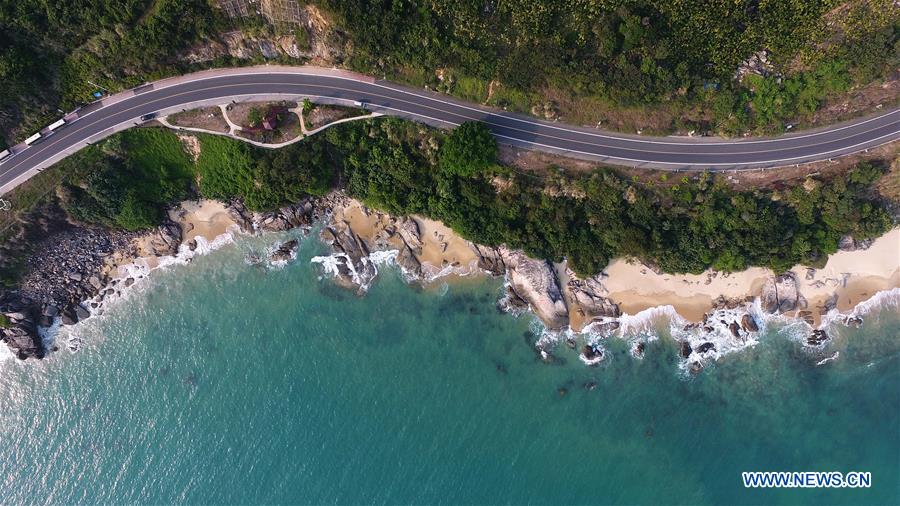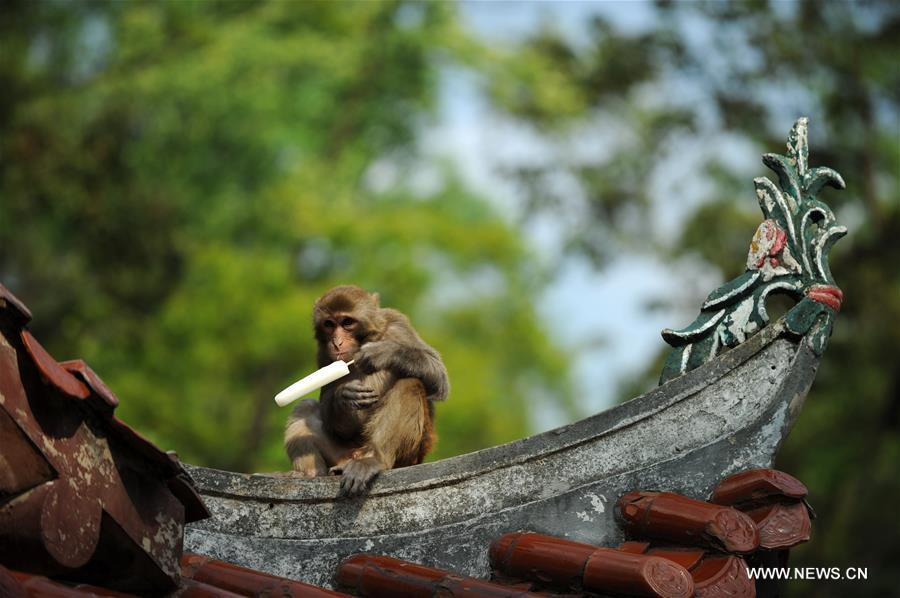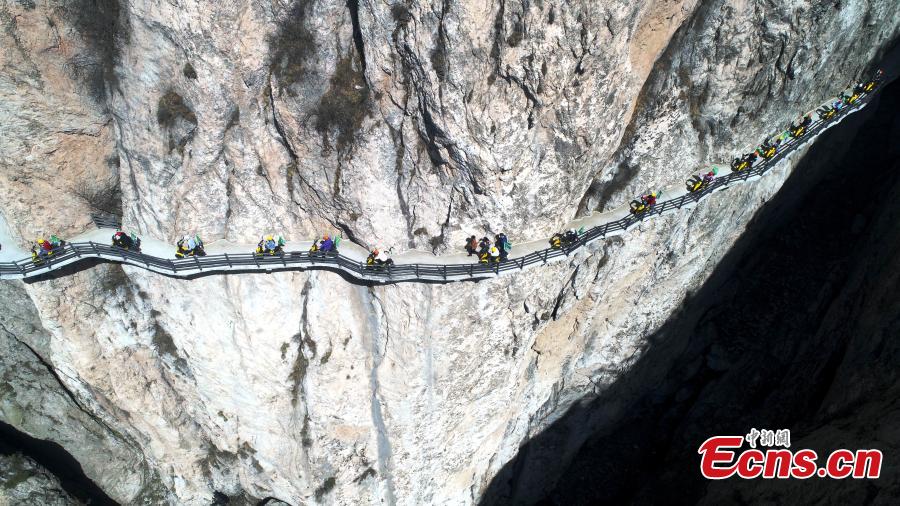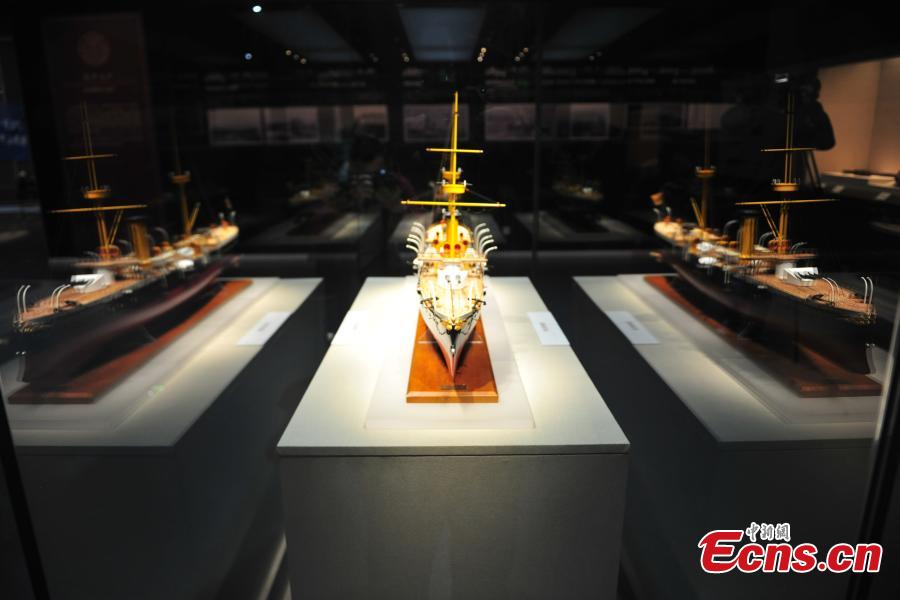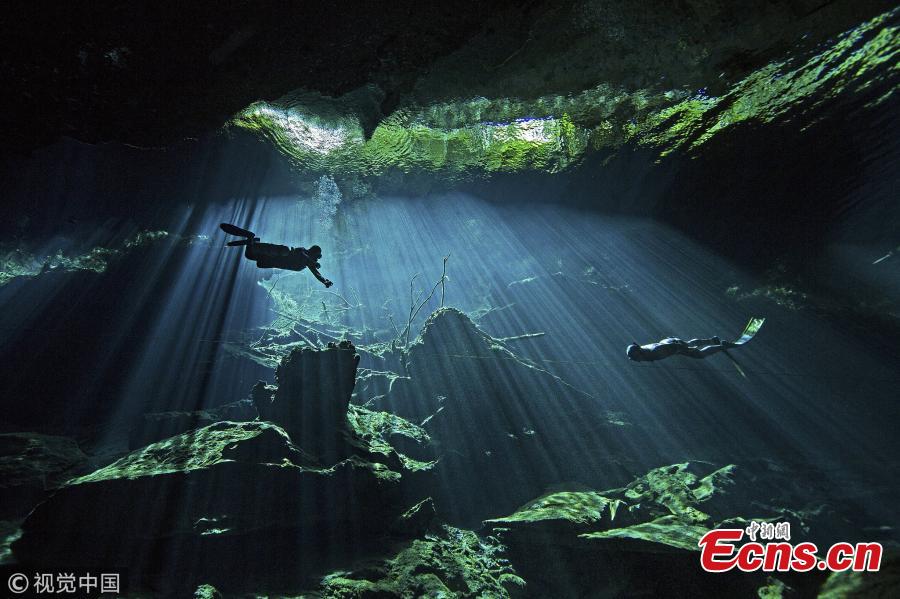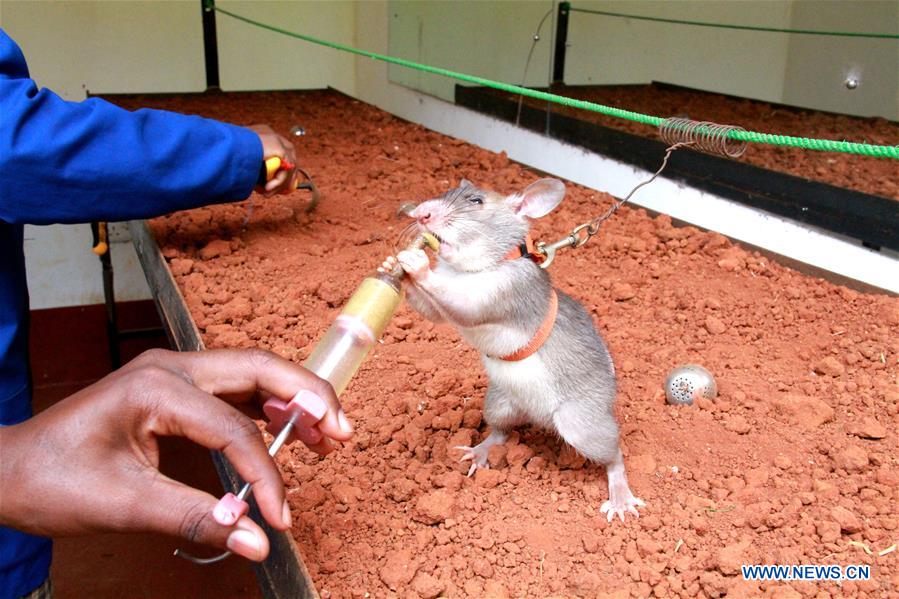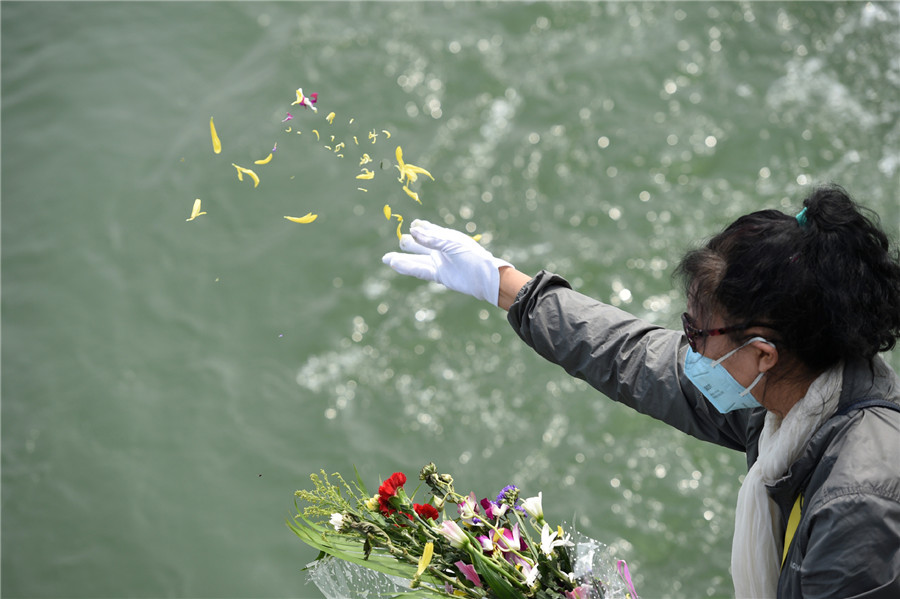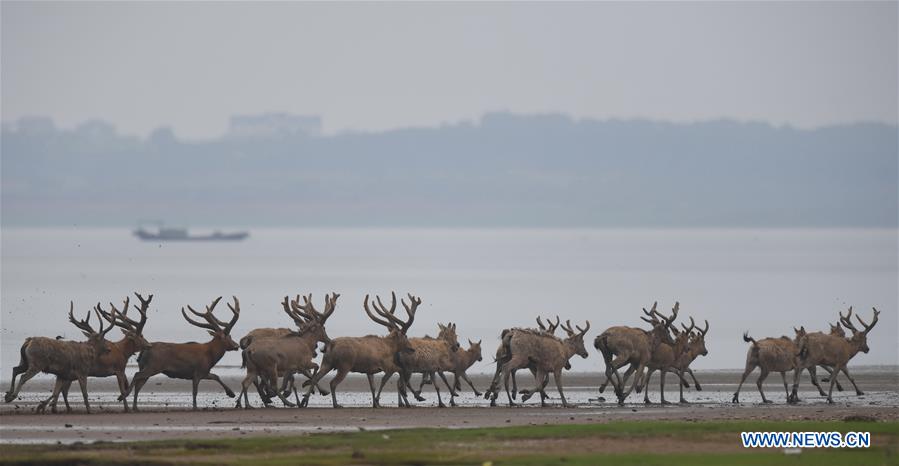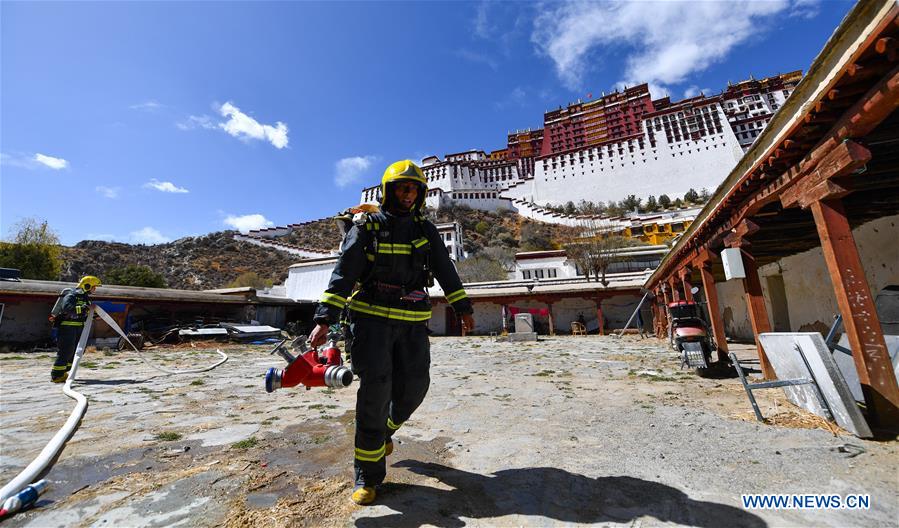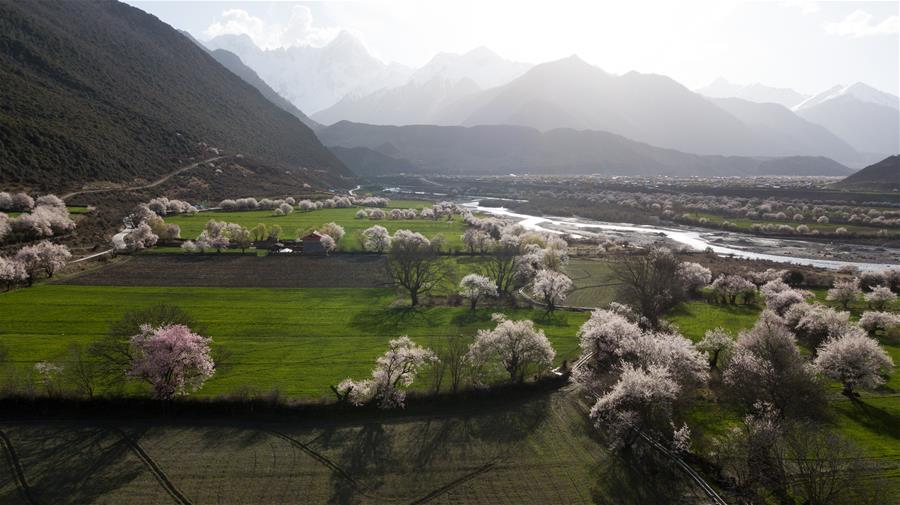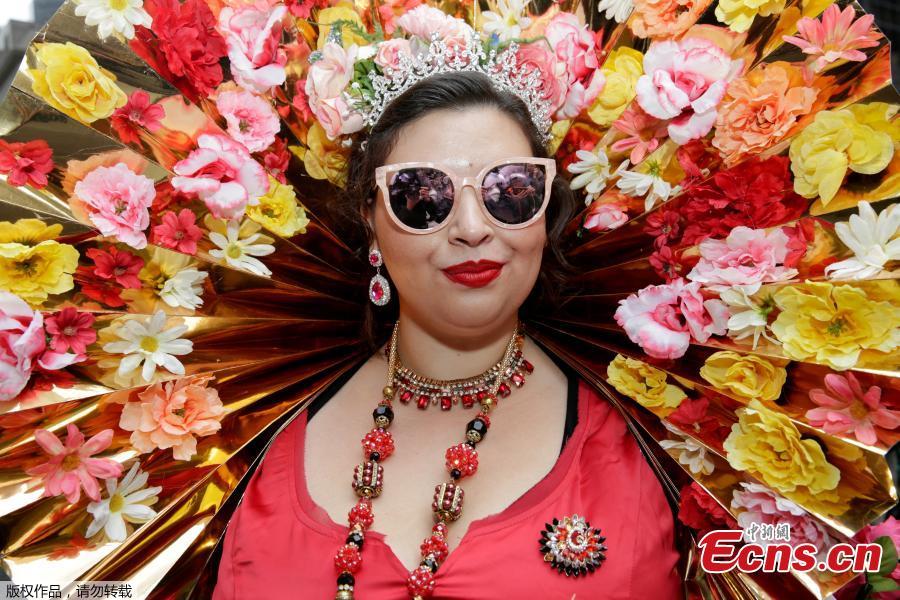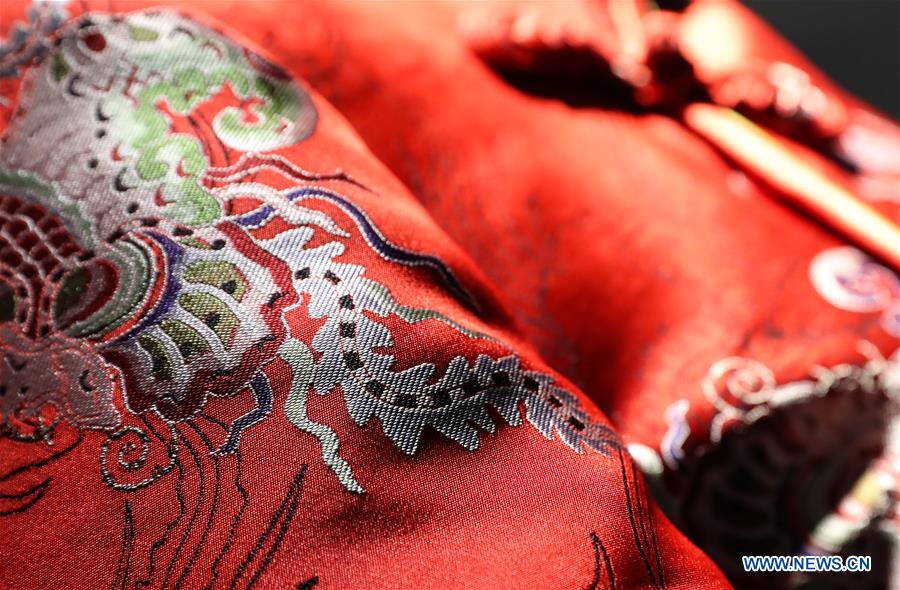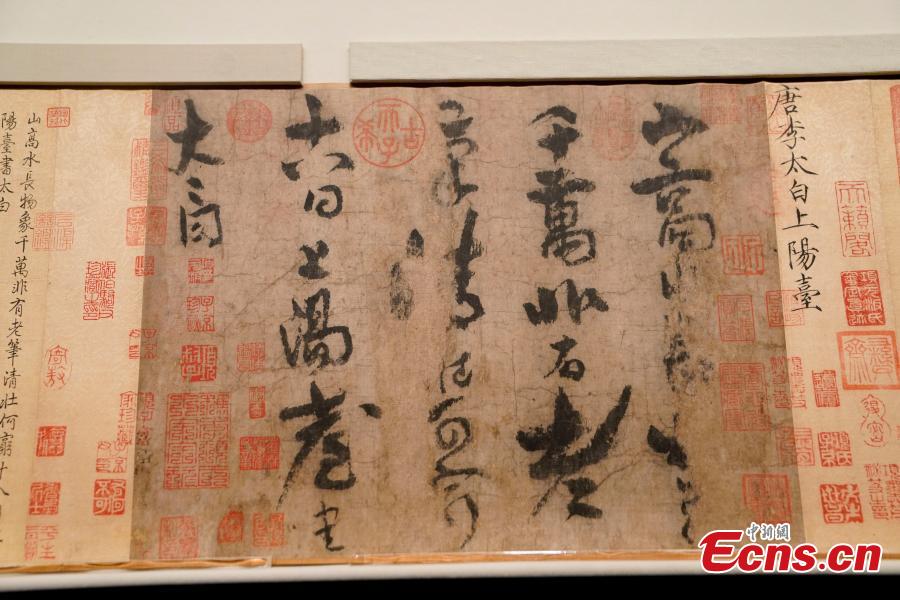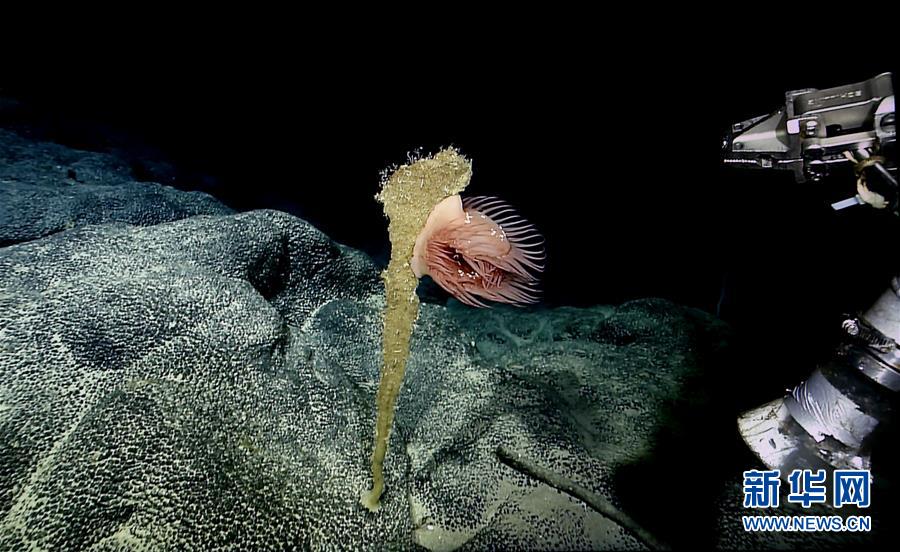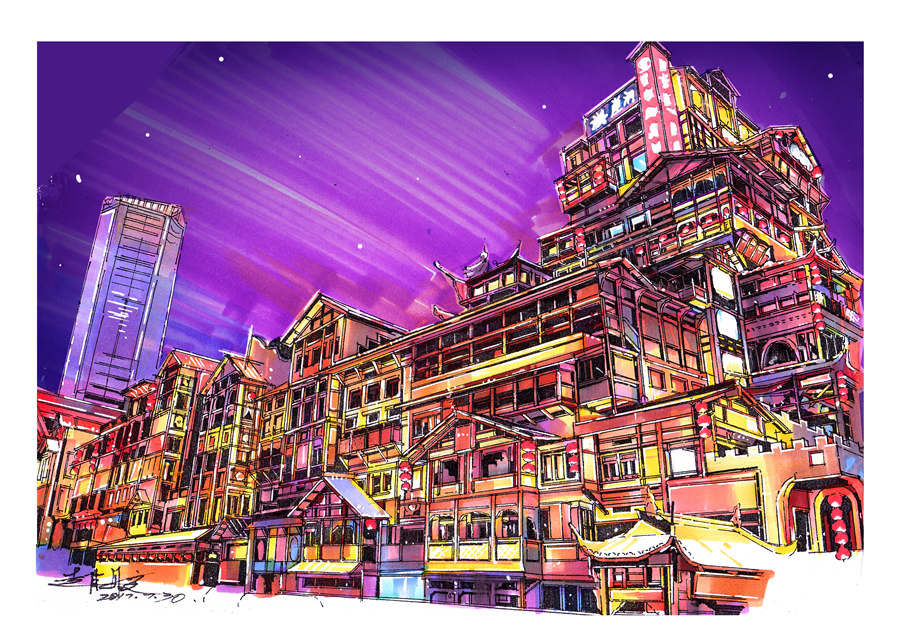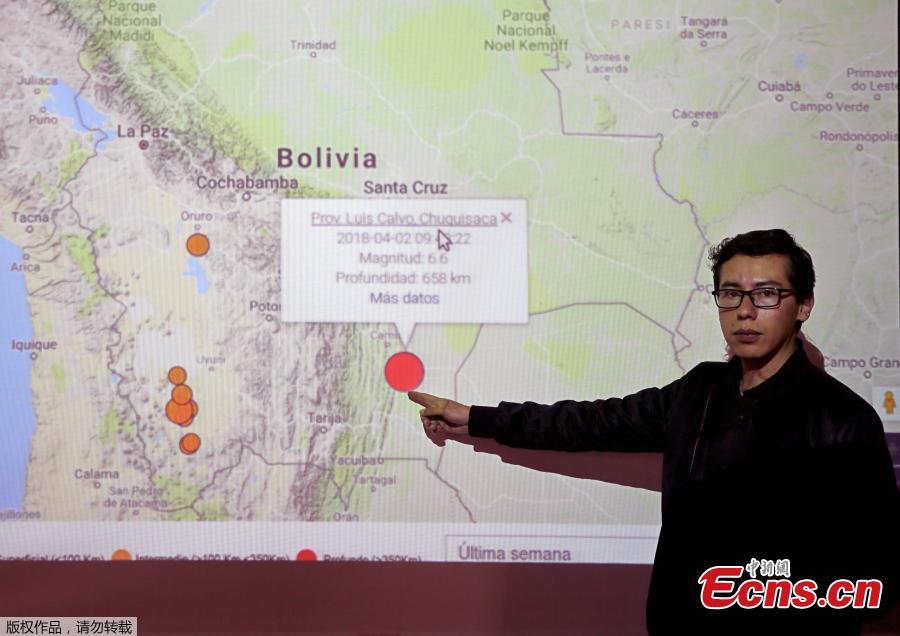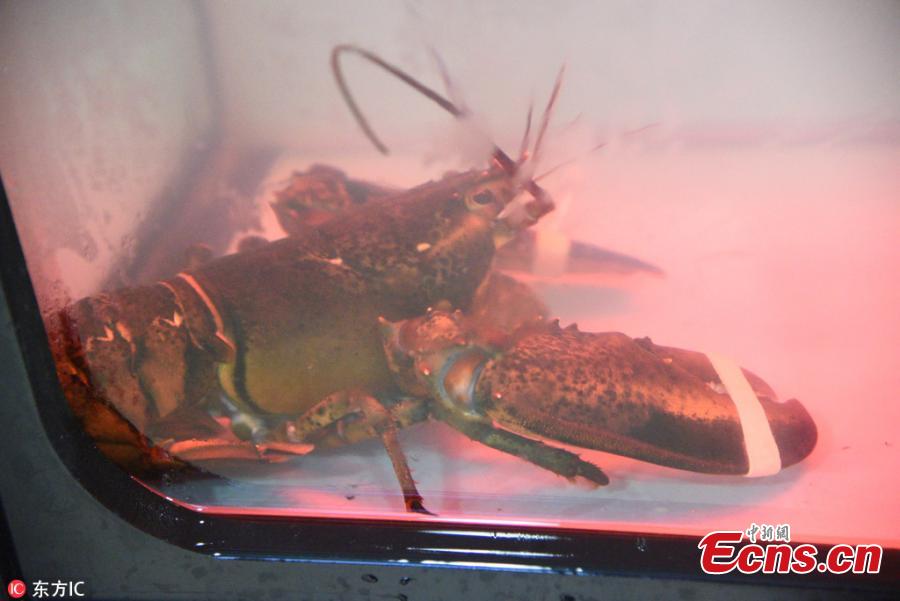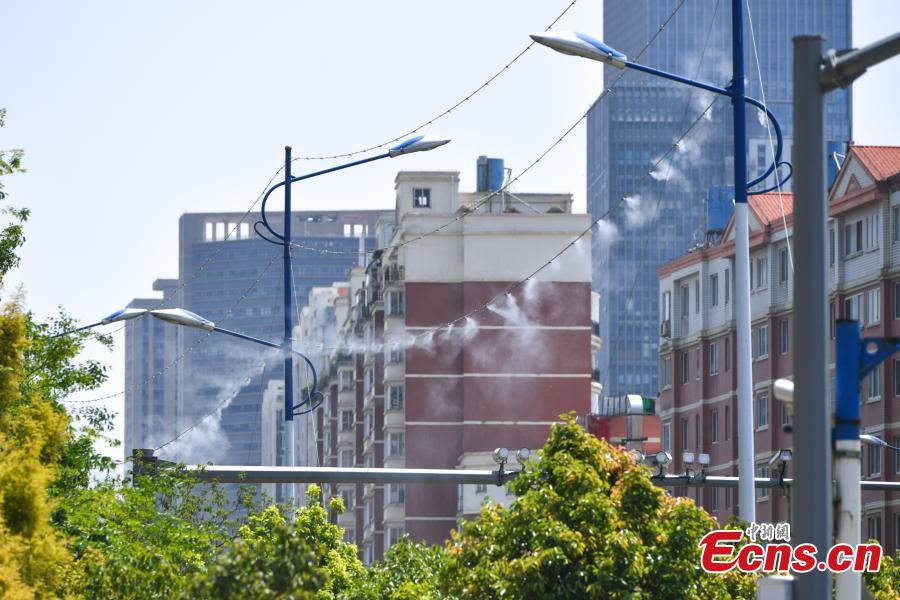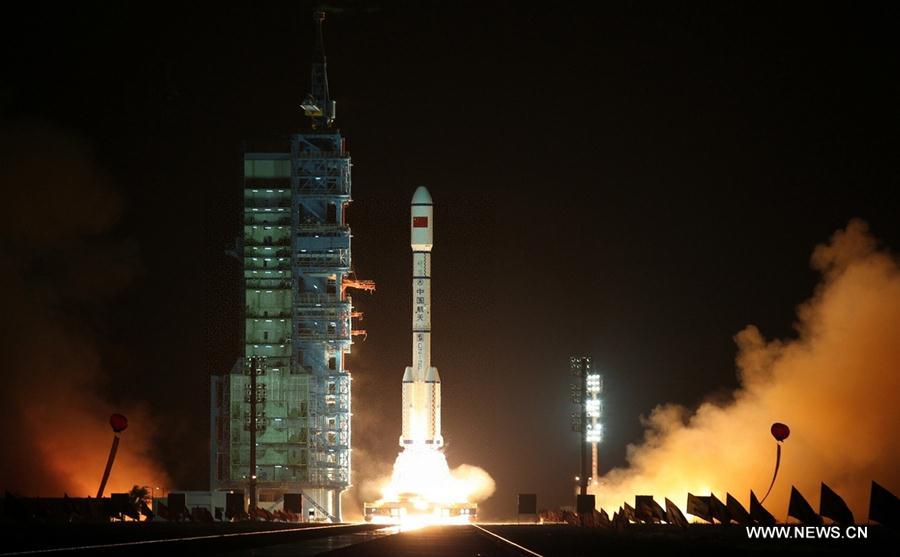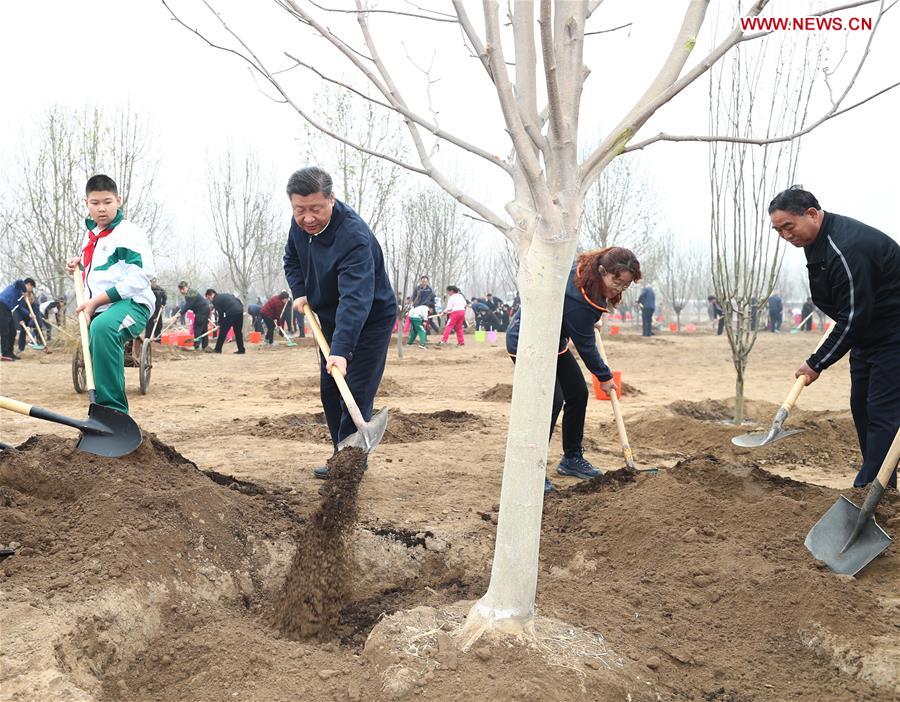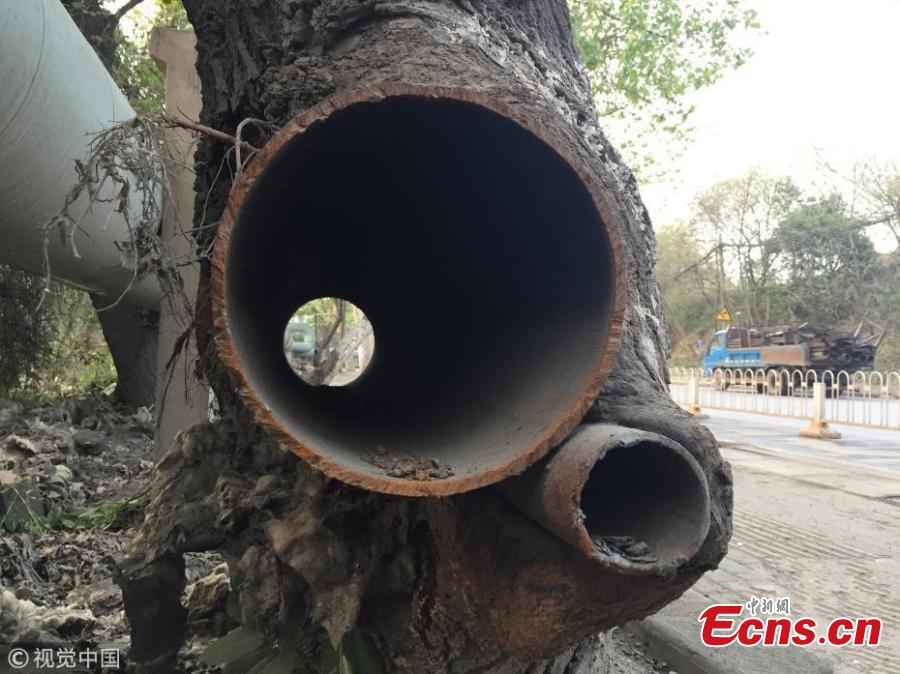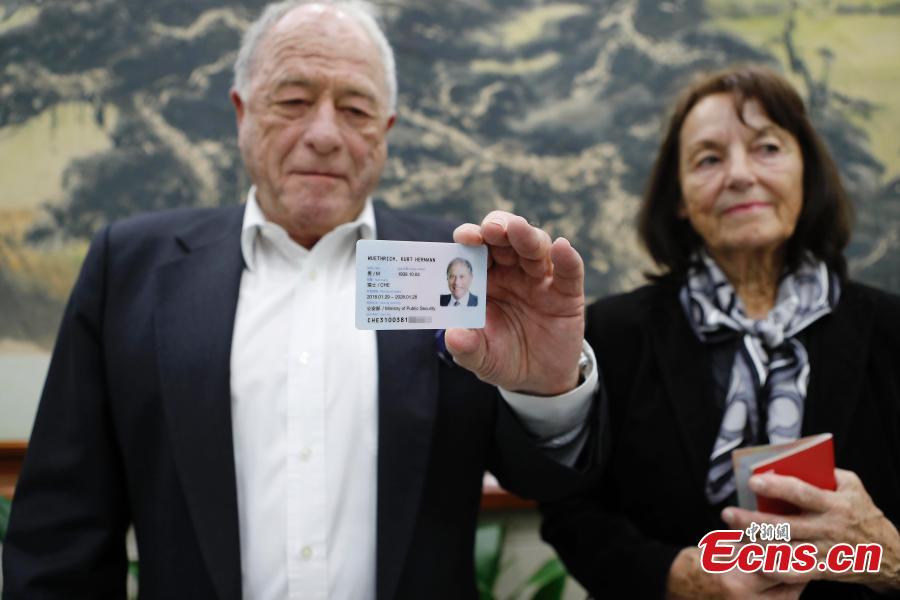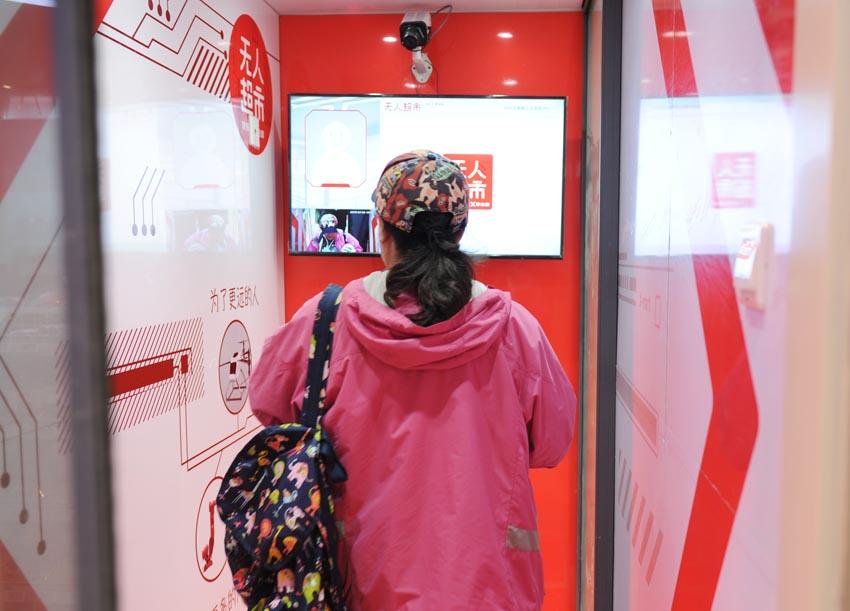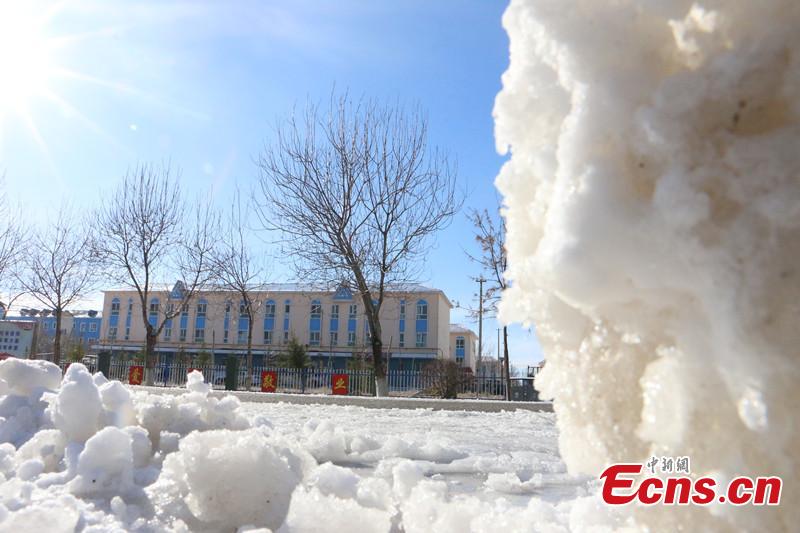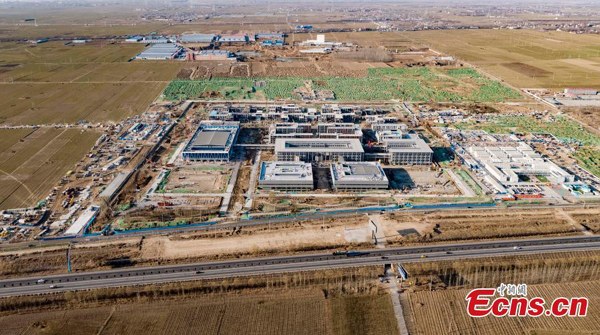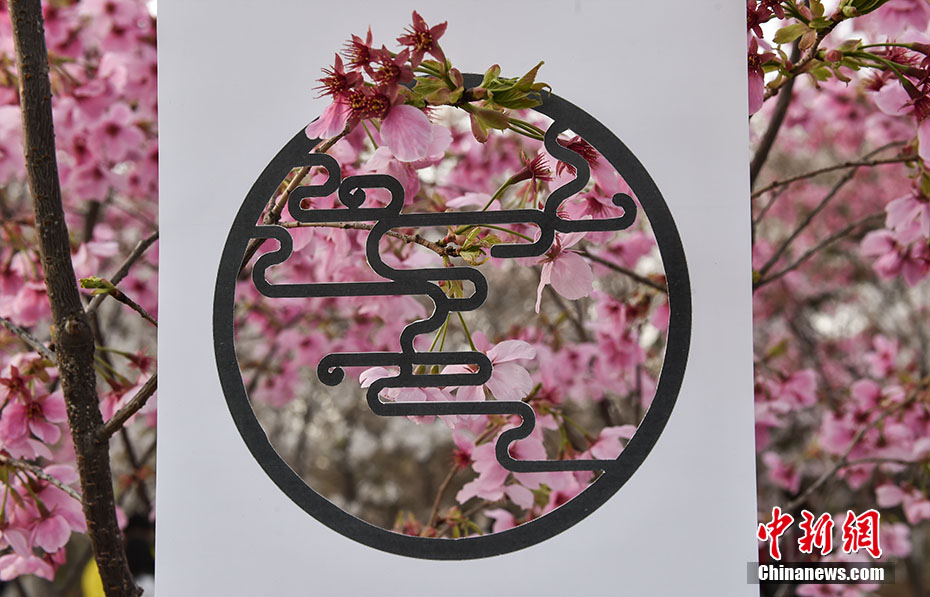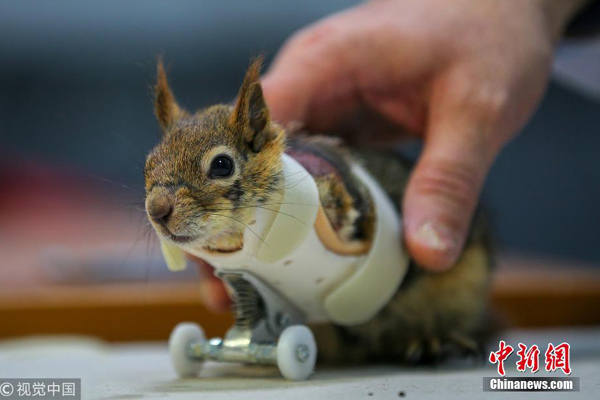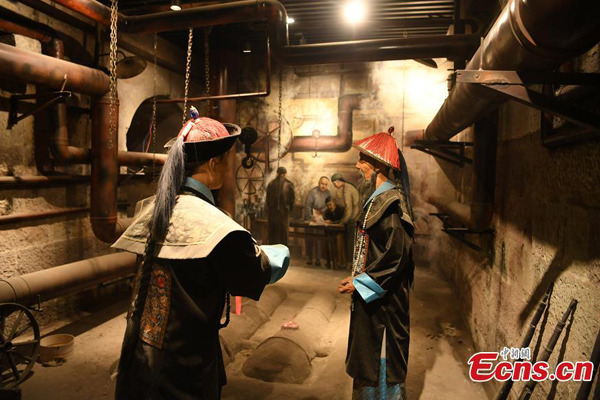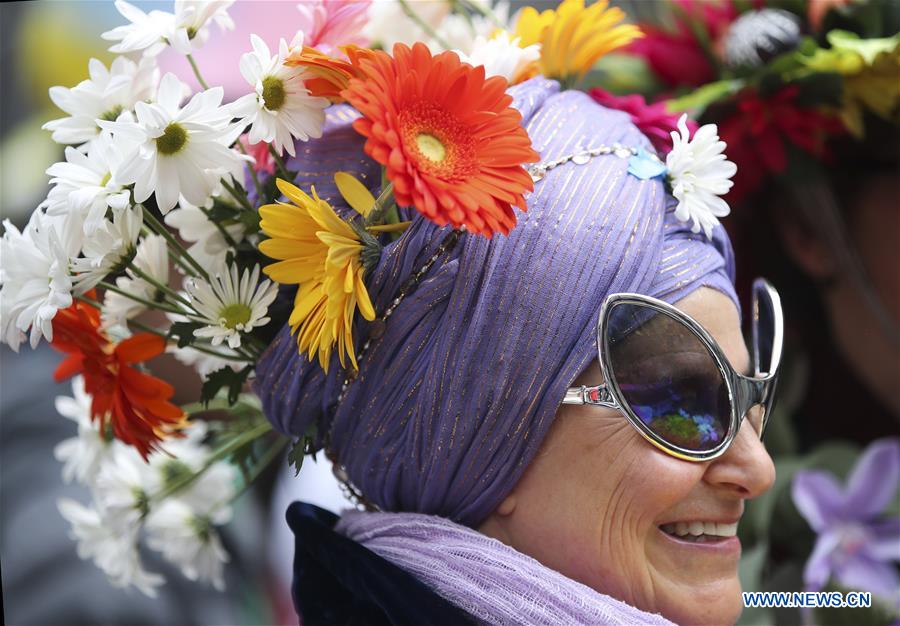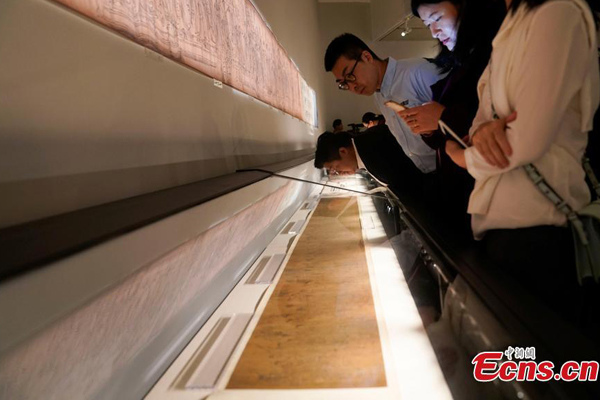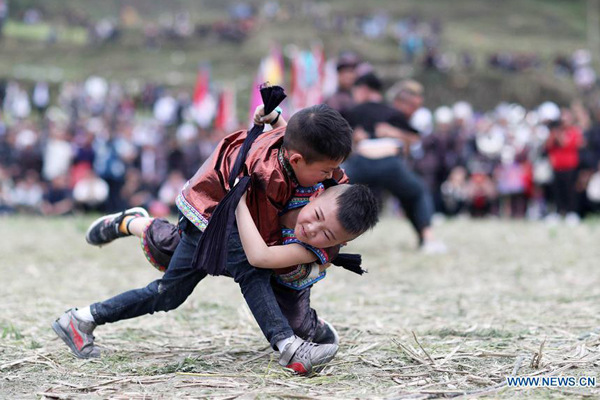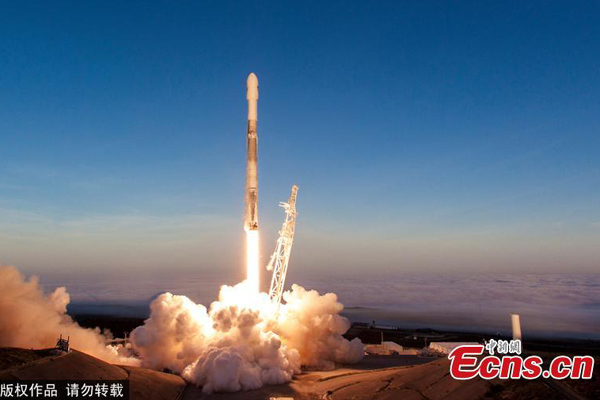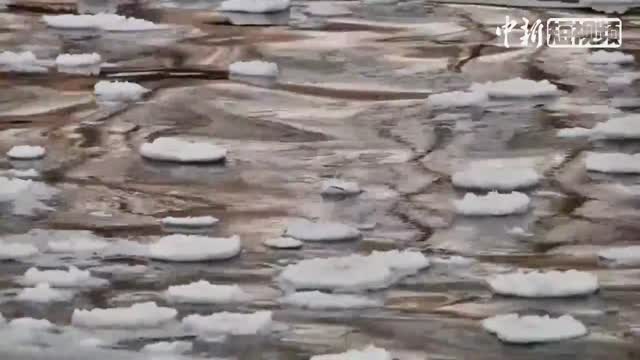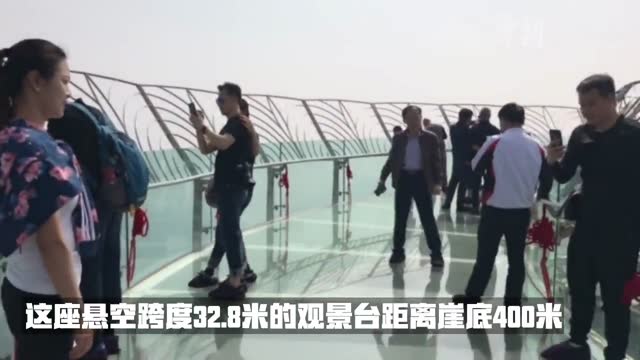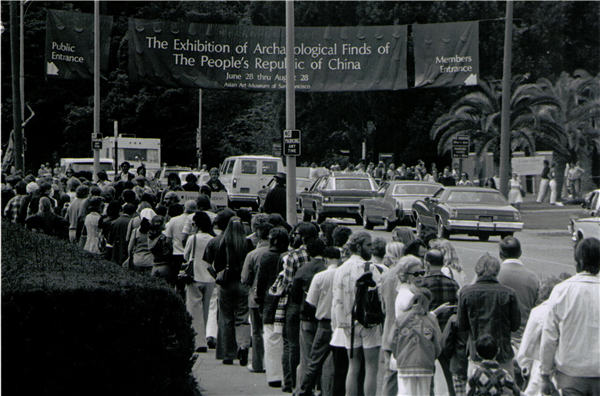
A long queue was formed when archaeological treasures of China visited the Asian Art Museum in Los Angeles in 1975. (Photo provided to China Daily)
The Palace Museum cites many forms of collaboration that have culminated with an exhibition. Starting from 2002, the museum linked with the World Monuments Fund in New York, a private, nonprofit international organization dedicated to preserving historic architecture and cultural heritage sites worldwide.
For the next six years the two worked together to preserve the interior decorations of a Qing Dynasty building inside the Forbidden City. The building, named Juan Qin Zhai, or Room of Respite, is in a corner of the retirement garden Emperor Qianlong built for himself in the late 18th century.
Then, in 2009, upon the completion of the Juan Qin Zhai project, the museum and the World Monuments Fund unveiled the second phase of their cooperation - this time on the protection and conservation of the entire Qianlong garden, a project due to come to fruition in 2020.
"Based on what we had accomplished together, the Palace Museum organized the exhibition The Emperor's Private Paradise: Treasures from the Forbidden City, which toured three US Museums (the Peabody Essex Museum, the Metropolitan Museum of Art and the Milwaukee Art Museum) between 2010 and 2011," the museum says.
Most of the time, the installation work was done by the Chinese staff.
"There are very few foreign museums with staff experienced enough to handle Chinese antiques, especially delicate ones, paintings for example," Ma says.
Qian of Art Exhibitions China believes that a comparative study can help draw audiences.
"In 2009 and 2010 we teamed up with the cultural ministry of Italy for an exhibition that simultaneously looked into ancient Roman civilization and the one formed in China during the Qin and Han period (221 BC-220 AD).
"With Roman marbles standing right beside the terra cotta warriors, the entire exhibition hall appeared to me like an echo chamber.
"The audience was propelled to break into new territory by what they already knew, and at the same time prompted by the unfamiliar to re-examine what they thought they had known," Qian says.
"This explains the success of the exhibition, which was first shown in Beijing and Luoyang, Henan province, and then in Milan and Rome."
In 2013 Qian went to Bucharest with the Treasures of China exhibition, which were in the Romanian capital for the second time, following the visit in 1973.
"At the opening, the curator of the National Museum of Romania, who was about to retire, came up to me and said, 'Having this show here, right now, is personally significant.'
"Through the glass wall of the exhibition cases, I could see not only familiar exhibits, but also that young, fascinated archaeology student who had been there 40 years earlier."









